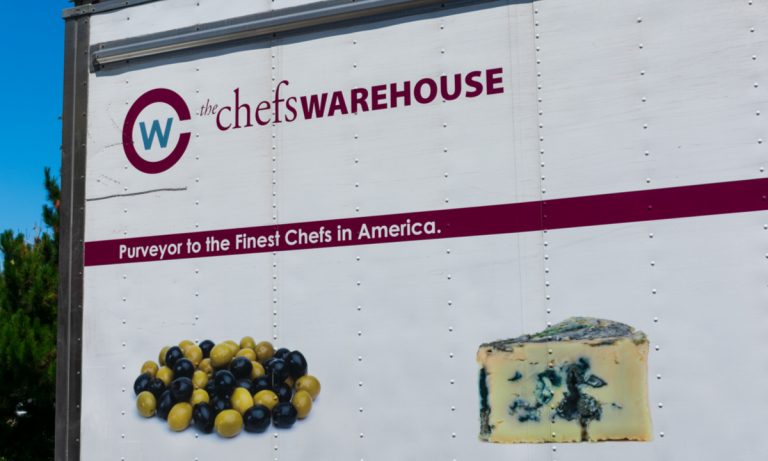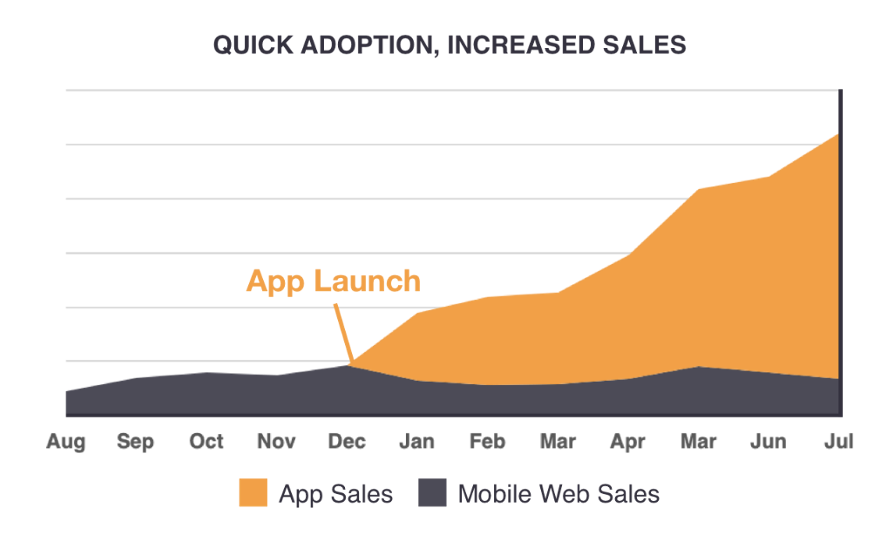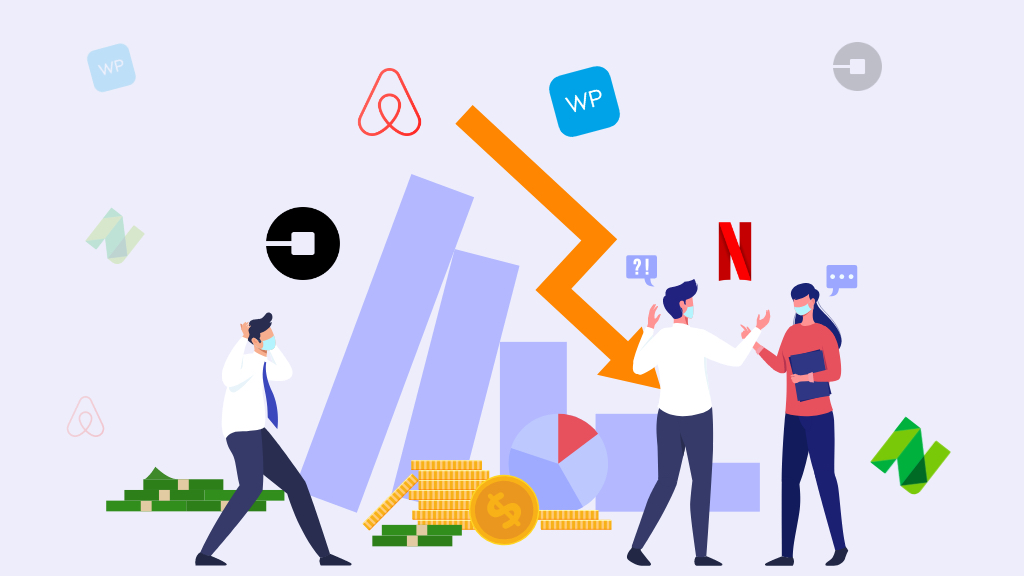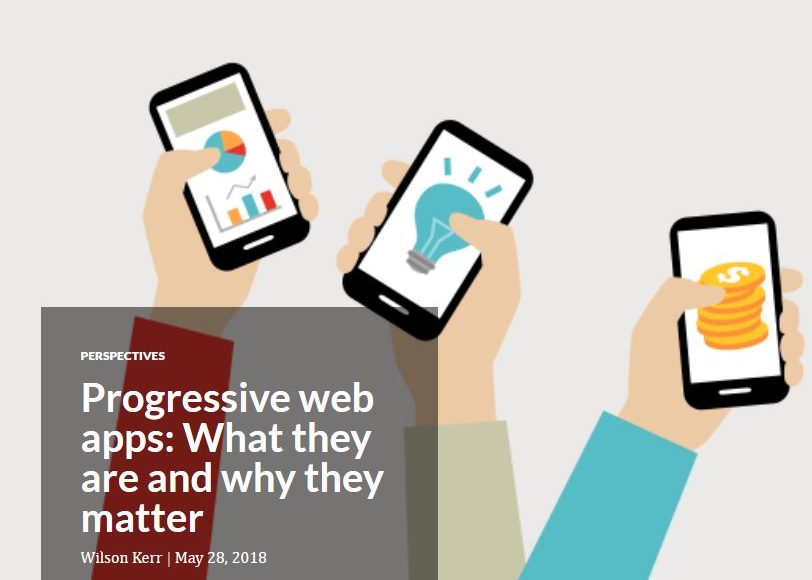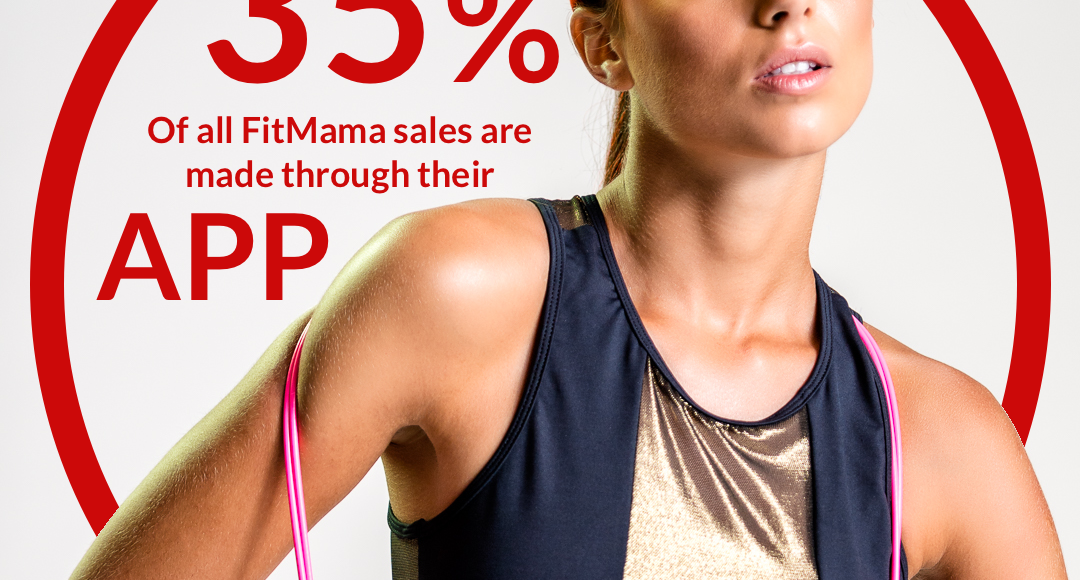Opportunity During Covid-19
Covid-19. These are strange times. Uncharted territories. The new normal is changing daily and it can be scary and bewildering. Covid doesn’t just threaten your health. COVID threatens your finances too.
For online retailers, there seem to be 2 strategies emerging. The first is to push “pause” on e-commerce-related projects and see what happens. The second is moving forward with projects that are specifically geared toward helping mobile consumers get what they need and want in a safe and effective way, online, to drive sales and position now for Holiday 2020.
These moves may seem bold in uncertain times, but they pay off big time, if they honor the trajectory of the numbers being seen and take note of the fact that consumers who were not previously well-acquainted with mobile/online shopping are now being required to take a crash course.
According to Forbes, “In 2020, e-commerce expects to represent 12% of total retail sales. However, a change in consumer behavior in the first quarter of this year due to COVID-19 can impact future quarters for 2020 and have a profound impact on holiday sales. As the consumer becomes more comfortable with online shopping, and technology is more intuitive and ubiquitous, the digital side of the retail business may be stepped up at a faster rate than previous projections”, writes Shelley Kohan.
Put another way, for most online retailers, now is probably NOT the time to push the pause button. The next quarter represents an opportunity to take advantage of a massive number of people quite literally only shopping online.
So What Are We Doing?
Smart businesses are adapting fast to a new, changing economy that necessitates the need for less face-to-face interaction. Rather than delay projects, they are accelerating them, as shelter-in-place orders sweep the nation. An obvious example of a feature that is suddenly very relevant to retailers that offer it is BOPIS. (buy online, pick up in-store). In most cases, the pick-up is actually outside the store, but the same principle applies. Suddenly having this option takes on a whole new meaning, as customers can avoid crowded checkout lines and pin pads, a possible vector for COVID-19.
For many mid-sized pure-play online retailers, a native app has been on the table for some time. An app is a personal and more deeply engaging extension of your e-commerce operation. Done right, an app can convert sales 2-6X better than simple mobile browsing. App-only features like push notifications can mean direct engagement with customers, at a time when this sort of direct connection is most needed.
According to a March 24th article in Forbes, “these developments were in the works before Covid-19, and the..ramp up online would have happened eventually. But Covid-19 has sped up the process and put those slow to the gate in deep danger. Millions of shoppers who would have never considered shopping online have been forced to do so. It’s quite likely most will like the experience and come back for more”, writes Warren Shouldberg.
Essentially, the shift to a “virtual world” has suddenly changed from a future we might someday see to the new must-do for businesses that want to make it through this.
Some companies are already shining in the new “shelter in place” normal. Online conferencing services are seeing explosive growth for obvious reasons, as work-from-home employees seek collaboration. Premade meal delivery companies like Blue Apron (a 500% increase reported) and grocery delivery services like InstaCart (hiring 300,000 workers) are booming. But these are the obvious winners.
What Should We Do?
For “bricks and clicks” retailers with ecommerce and traditional physical stores, the path to success in the locked down, newly all-virtual economy is not so clear, as the country hunkers down. These retailers will have to shift online and offering easier, faster ordering is going to be key.
For online-only “pure-play” retailers, the choice is not just whether to continue with plans for site improvements or to hit the pause button, but, rather, how best to do it.
Even before COVID-19 upended our lives, many online retailers were considering adding a native app to their omnichannel line-up. The knee-jerk temptation might be to “freeze” all projects that involve vendors. But some retailers are approaching this from a different perspective and moving forward toward a new virtual future that includes a native app.
Even after the immediate “shelter in place” health crisis wanes, these retailers are going to need to adjust to the new “No Touch” economy, if they want to keep customers who rightly seek to limit exposure to transmission vectors. Curbside pick-up suddenly takes on a new importance, if it means customers do not have to brave a crowded checkout line and touch a potentially contaminated pin pad, or even enter the building. Accepting PayPal, Apple Pay or Google Pay might mean the difference between a sale or no sale if a customer or cashier has to touch physical money. There is increasing worry that even
For businesses deemed essential during lock-down such as supermarkets, liquor stores, pharmacies, and restaurants with take-out, there is an immediate opportunity to dive headlong into
“That irrefutable outcome of COVID-19 will make retailers…do a 180-degree turn and put a massive push behind getting their online operations into competitive shape.
As we roll through Q1 2020, this is a question that deserves a deeper look. While it might seem like a responsive website does the job and only behemoth retailers like Amazon are exploiting the enormous potential of apps, many innovative small to mid-size retailers are already in the game, and usage stats are impressive.
According to Business Insider, Americans spend an average of 123 minutes a day on in-app browsing on their smartphones. That compares to just 13 minutes on the web. These usage numbers help explain why 70% of mobile purchases in the North American region are done via apps, compared with 30% through browsers on smartphones, per data from BI Intelligence. Globally, year-over-year growth of in-app revenue as a percentage of all online sales jumped 48% (from 31% in Q4 2016 to 46% in Q4 2017).
I have researched and compiled five additional benefits to consider if an app is on your radar:
#1: Higher Conversions = Higher Revenue
While most retailers have a mobile site, the reality is that mobile apps convert significantly better than mobile sites. How much better?
According to a recent report by Criteo, North American retailers (with a mobile site and an app) saw their apps convert at a whopping 21% in Q4 2017. This number is 3X-5X higher than the average mobile website conversion rate. Even more impressive is the fact that native retail apps generated 66% of all mobile commerce revenue – twice as much revenue as mobile websites. Apps even outperformed desktop eCommerce sites. They accounted for 44% of all online sales in Q4 2017, versus just 33% for desktop.
#2: Deeper Engagement With Your Best Customers
OK, so apps convert better….but who will download your app? Remember, apps are not for ALL your customers, they are for your BEST customers. Statistically speaking 8% of your customers generate 40%+ of your sales. These are the customers that are most likely to download your app.
Apps also offer a unique opportunity to engage on the go, allowing retailers to interact and ‘touch’ customers proactively including:
- Push notifications: Specific calls to action can be delivered to those most likely to be interested and act upon the offer presented.
- In-store engagement and/or location awareness: Everything from barcode-scanning functionality, and location-based targeting, to buy online and pick-up in-store.
- Loyalty programs: Go beyond the traditional concept of loyalty programs. Some retailers are adding ‘extra’ rewards for app users. Treating your app-download customer base as a special subset of your customer base can generate big rewards.
#3: Personalization
Consumers come to expect an experience tailored to them, across all touch-points, apps provide a unique opportunity. They not only track the buyer’s journey but enhance that journey by providing an integrated and personalized experience. This can take many shapes. But there is one feature that is getting a lot of buzz these days, and for good reason:
- Augmented reality (AR): Fast becoming the new ‘must-have’ feature for top apps, companies like Sephora, Ikea, and Lowes are using apps to tap into on-board cameras to power experiences that allow consumers to marry products with their lives, prior to purchase. This personalized, contextual selling is a powerful new app-specific tool that is on track to be a game-changer. Research from Digital Bridge shows that 69% of consumers expect retailers to launch AR apps within the next six months. Data from Google shows that 34% of users say they would use AR while shopping. 61% say they would prefer to shop at stores that offer AR.
#4: Speed Drives the Frictionless Experience
The probability of a bounce increases by 123% when mobile page loads get to 10 seconds. The same study showed that the average mobile site loads in 9.6 seconds. In comparison, over 50% of current native iOS apps load in less than 5 seconds.
As desktop websites become more clogged with features, responsive design mobile sites are slipping farther and farther behind regarding performance. Even the best responsive web design sites cannot hold a candle to app speed and convenience. Also, app checkout can be powered by Apple Pay and Android Pay. The result? Checkout speed is lightning-fast, and there are far fewer barriers to buying. Just swipe and buy!
#5: Your Customers Are Likely Expecting An App
No matter who your ideal customer is, it’s likely they would welcome your app. One might think keeping up with technological advances is more interesting to the younger consumer. But, in a recent study by DigitalBridge shoppers aged 35-44 were most disappointed by the lack of technology in retail. Nearly half (48%) said the current offerings are underwhelming. The younger generations join them as well. 43% of 25-34-year-olds and 35% of 18-24-year-olds think that today’s technology in retail could be better.
One of the best aspects of mobile apps is they are inherently geared toward the mobile audience, by design. You can build Custom UI and retailer-specific features with a mobile-first mindset, to meet specific needs. Because apps are purpose-built from whole cloth, the sky is the limit, regarding UI and functionality.
Conclusions
Retailers who want an omnichannel advantage over their competition should be looking at apps. The metrics are conclusive and the conversion rate lift increase alone should mean app development is an imperative initiative.
Annie Dossey from ClearBridge sums the trend up well. “Branching out into the mobile app market is a win-win for retailers. Mobile apps provide retail brands a creative opportunity to give consumers the immediate, personalized shopping experience they prefer. At the same time, retailers can leverage mobile features and in-app analytics to attract, retain, and intuitively understand the purchasing behavior of their customers.”
To thrive in an ever-increasingly mobile world, market-leading smart retailers will be evolving. They need to offer a deeper, more personalized online shopping experience. Apps make this possible in immersive and custom ways responsive mobile sites simply cannot.
Native apps should be designed to support your brand. They need to be built well and fully integrated with eCommerce, to leverage and extend current operations. But they should also provide compelling app-specific native utility and specific benefits to your best customers. Although they have to be marketed to drive discovery and download, the ROI is typically faster than you might think. Apps can also be built rapidly. Especially if a solution provider is used that is pre-integrated with popular e-commerce platforms. Plus, it can deliver iOS and Android apps in the context of a single project.
This trend is now inescapable. The question is not ‘whether’ to get on board, it’s ‘when’ can you make it happen.
Have more questions about developing a native app for your business? CLICK HERE
-Wilson Kerr


